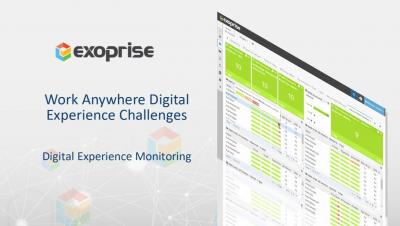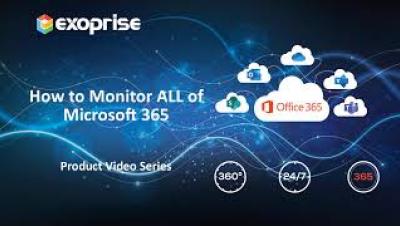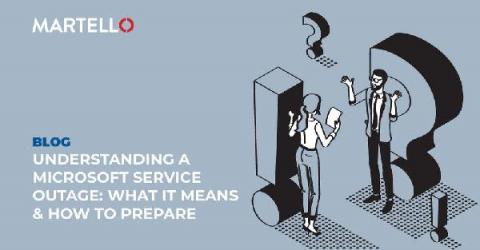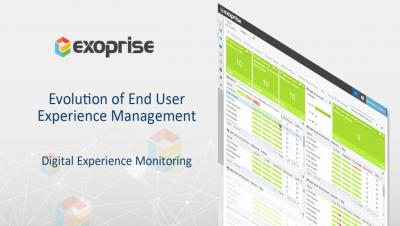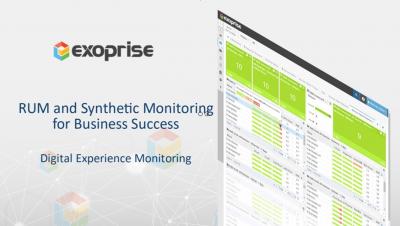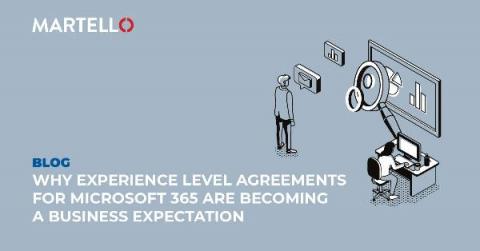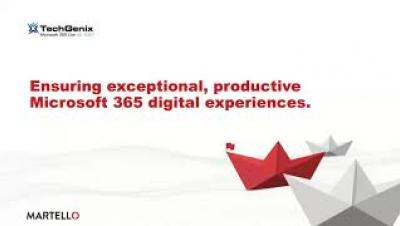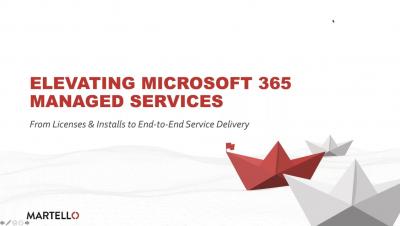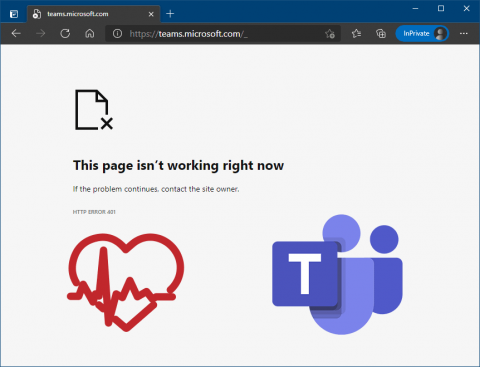Operations | Monitoring | ITSM | DevOps | Cloud
Microsoft 365
The latest News and Information on Microsoft 365 and related technologies.
How to Monitor ALL of Microsoft 365 (8 Different Apps)
Understanding a Microsoft Service Outage
Maintaining business continuity when an issue arises has proven to be a challenge many organizations struggle with. A global pandemic being thrown into the mix in Q1 of 2020 (one that many businesses are still navigating through) introduced a new set of problems for both service providers and businesses reliant on those services.
Digital Experience Monitoring Benefits for IT Featuring Forrester
Combine Synthetics and Real User Monitoring for a Complete End-User Digital Experience
Why Experience Level Agreements for Microsoft 365 are Becoming a Business Expectation
When it comes to business, having a productive IT team means enhanced productivity. Understanding that productivity is a direct result of a good user experience is crucial. In this blog, we will examine what constitutes a good user experience and how experience level agreements for Microsoft 365 are becoming a business expectation. An effective Experience Level Agreement is a combination of different data sources.
Ensuring Exceptional, Productive Microsoft 365 Digital Experiences - Martello @MS365CON 2021
Fostering Exceptional Microsoft 365 User Experiences
Microsoft 365 Teams Outage, April 27th, 2021
This early AM on the East Coast, Teams experienced an access outage. The Exoprise sensors detected this outage an hour before Microsoft published a report on the issue. Here’s an example of what you get when you attempt to sign in, fresh, to Microsoft Teams.


